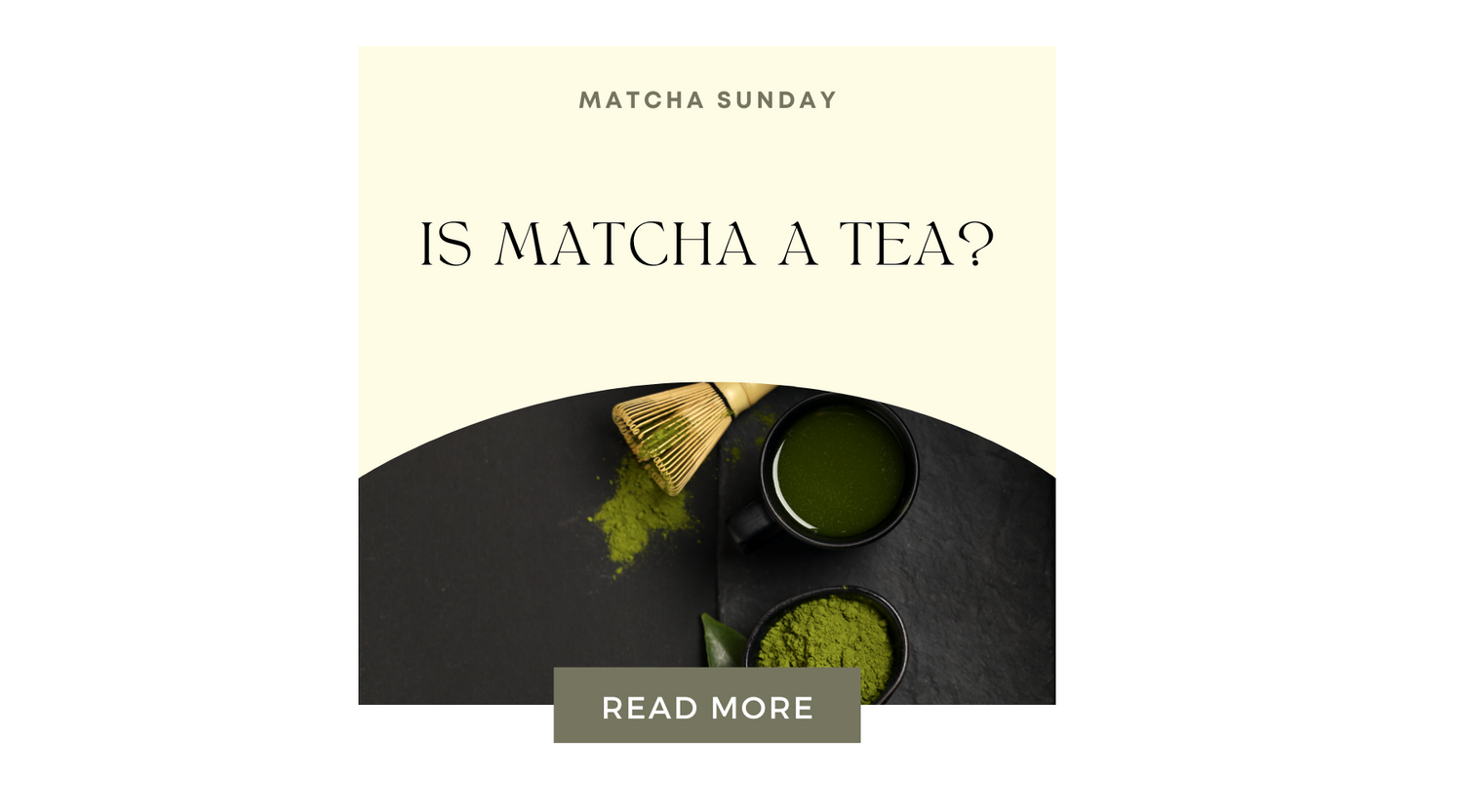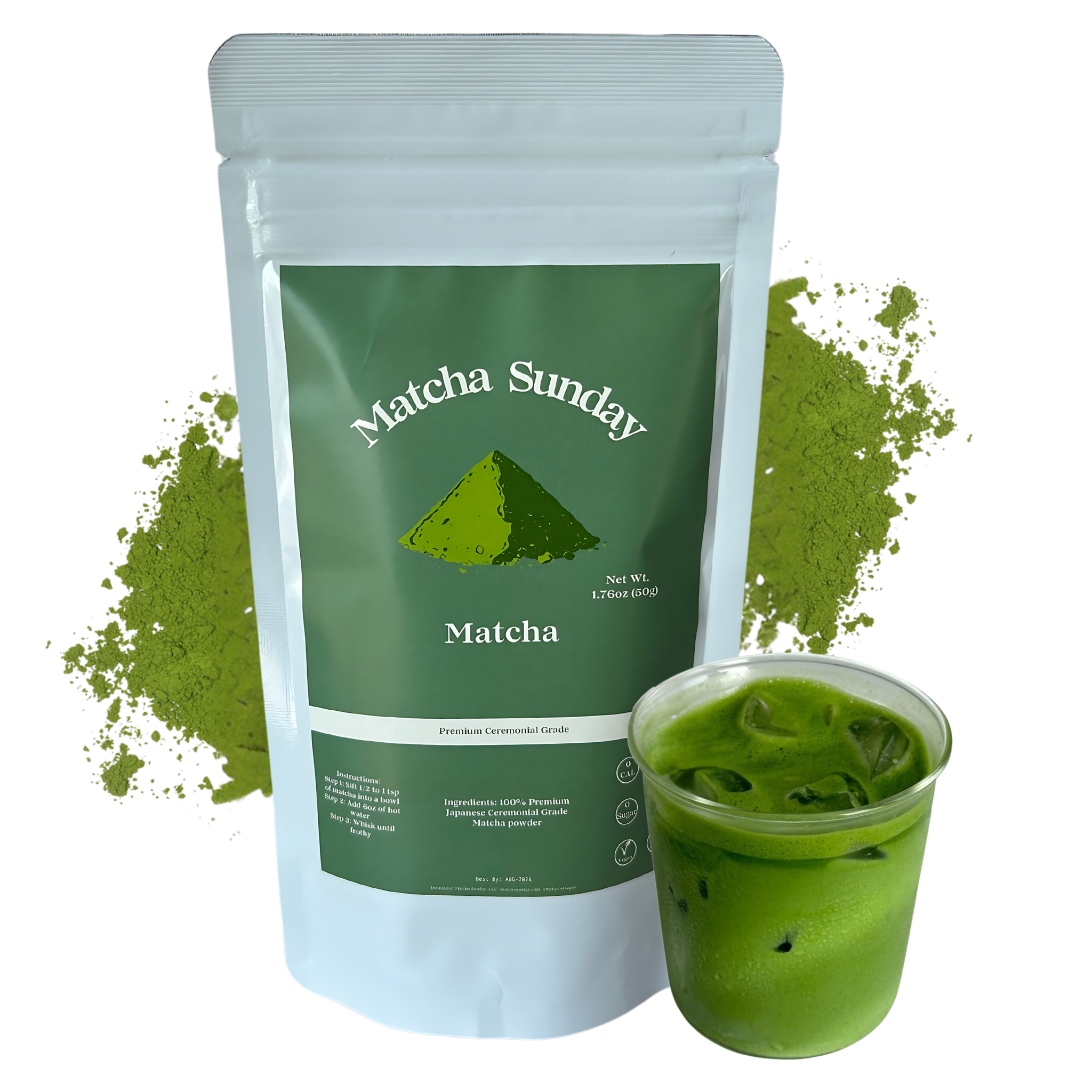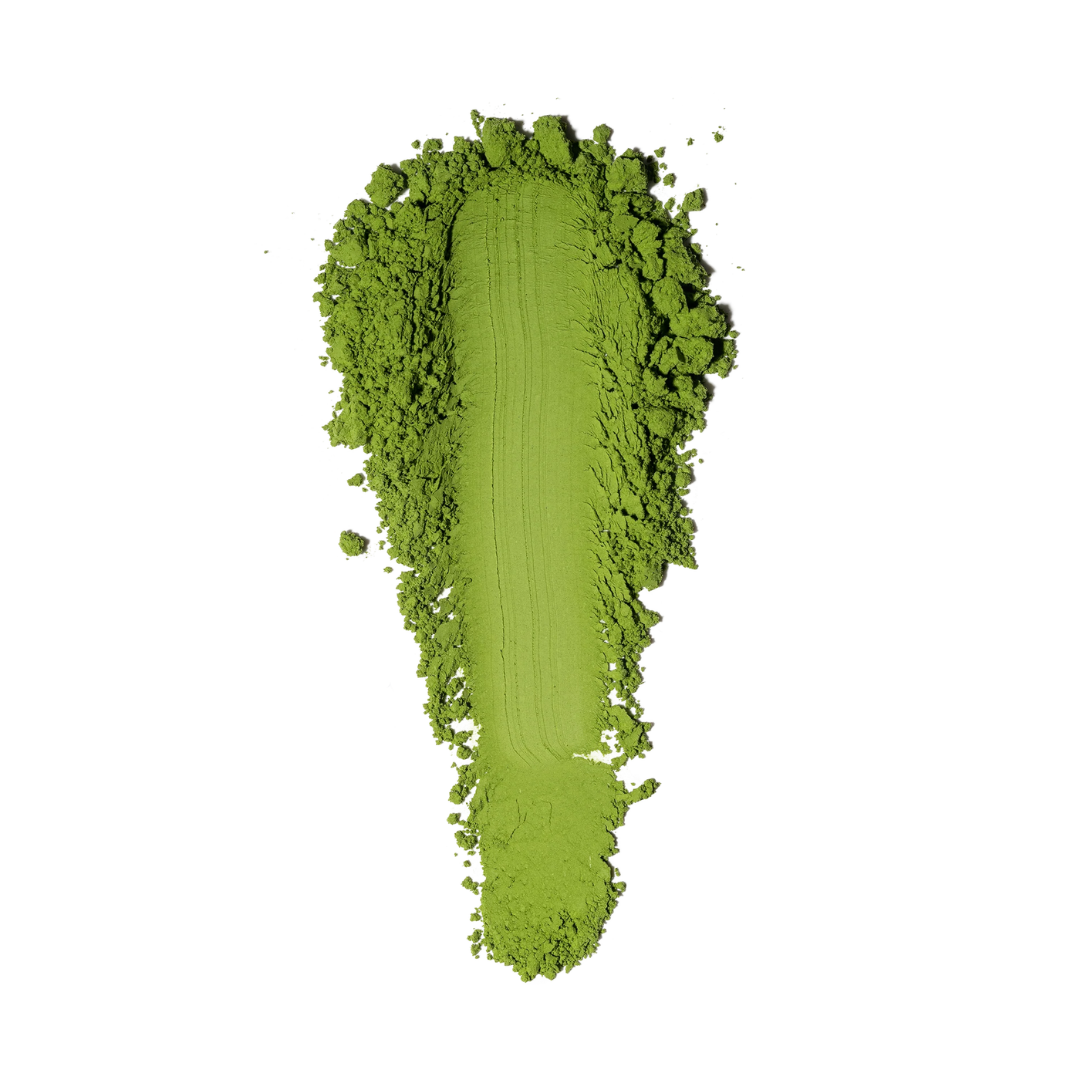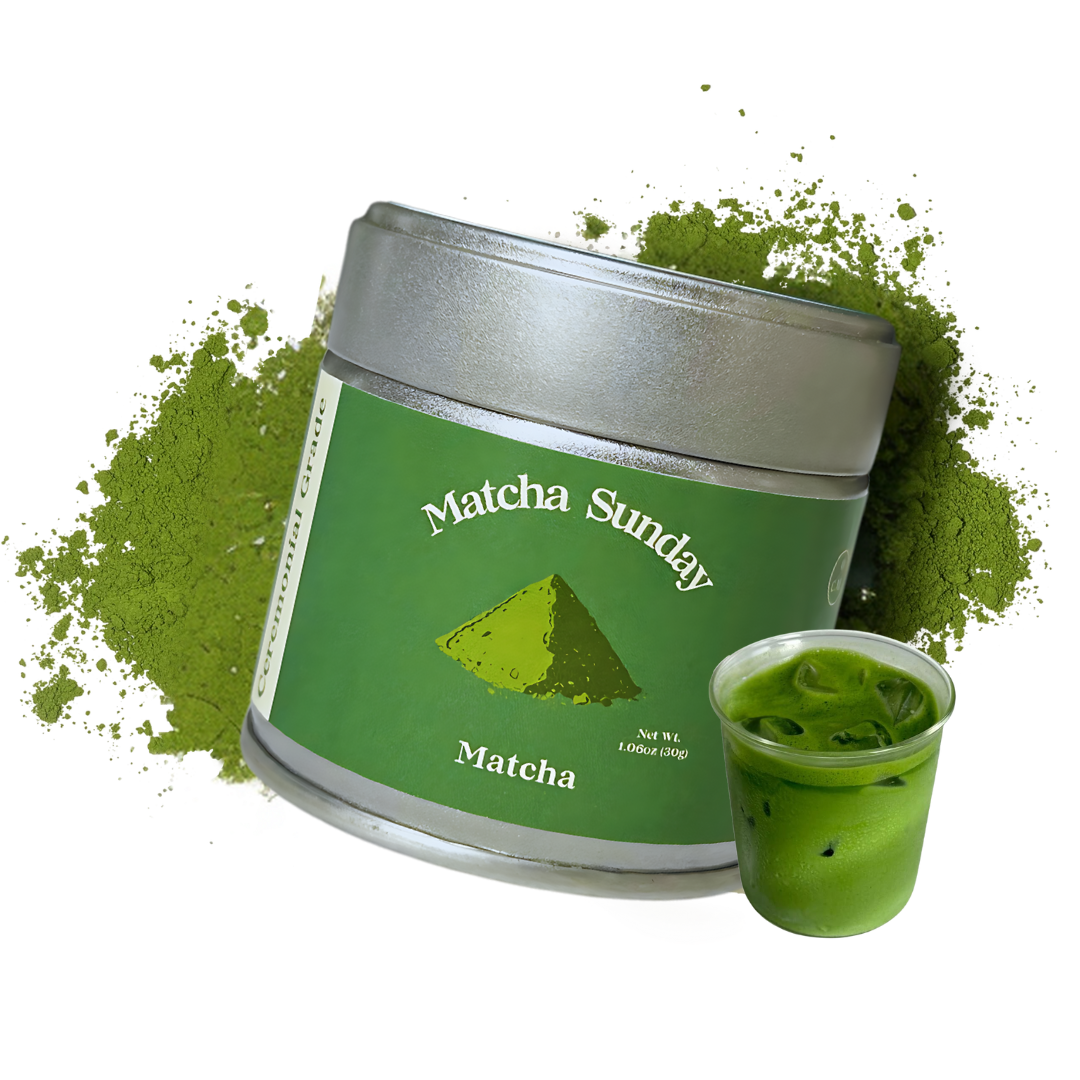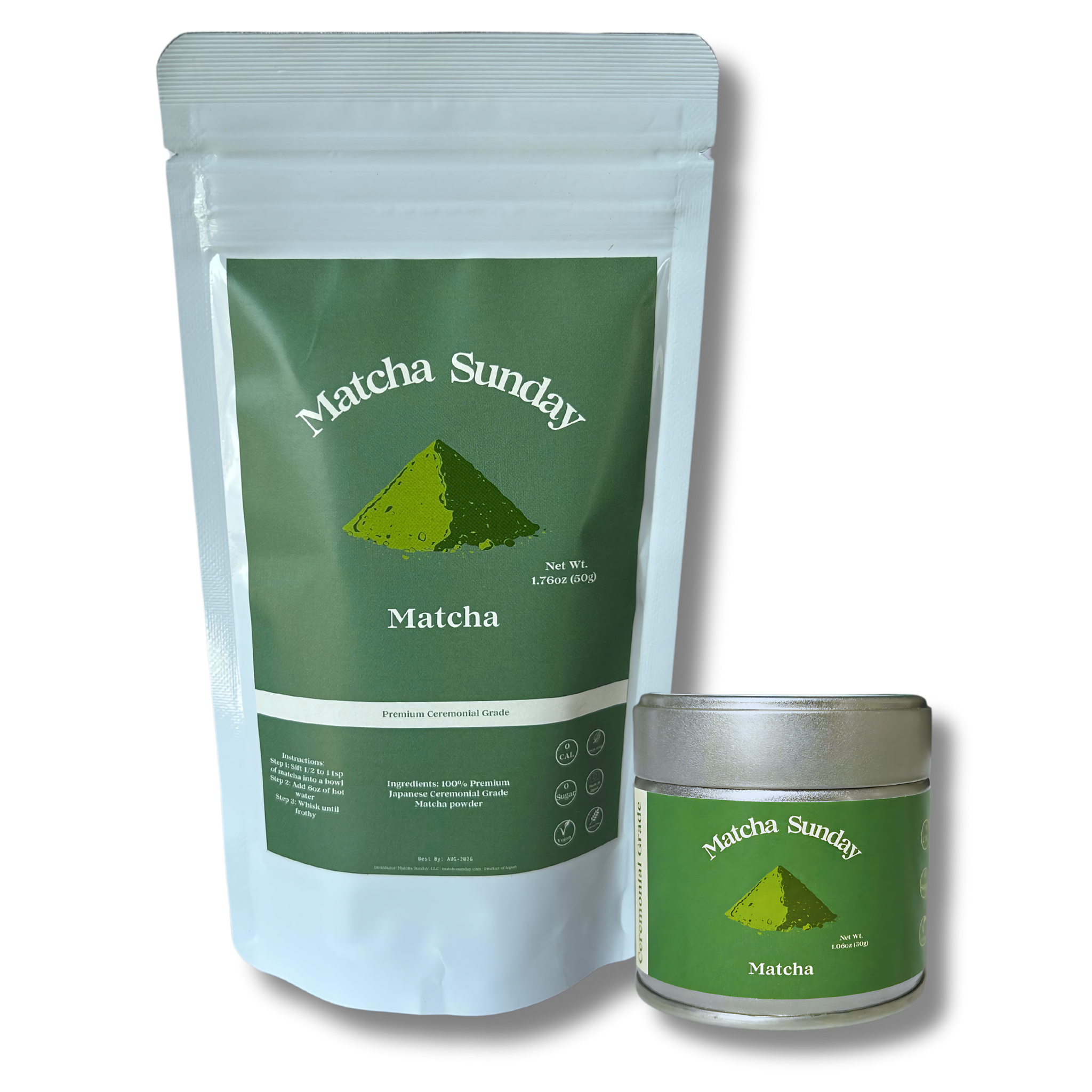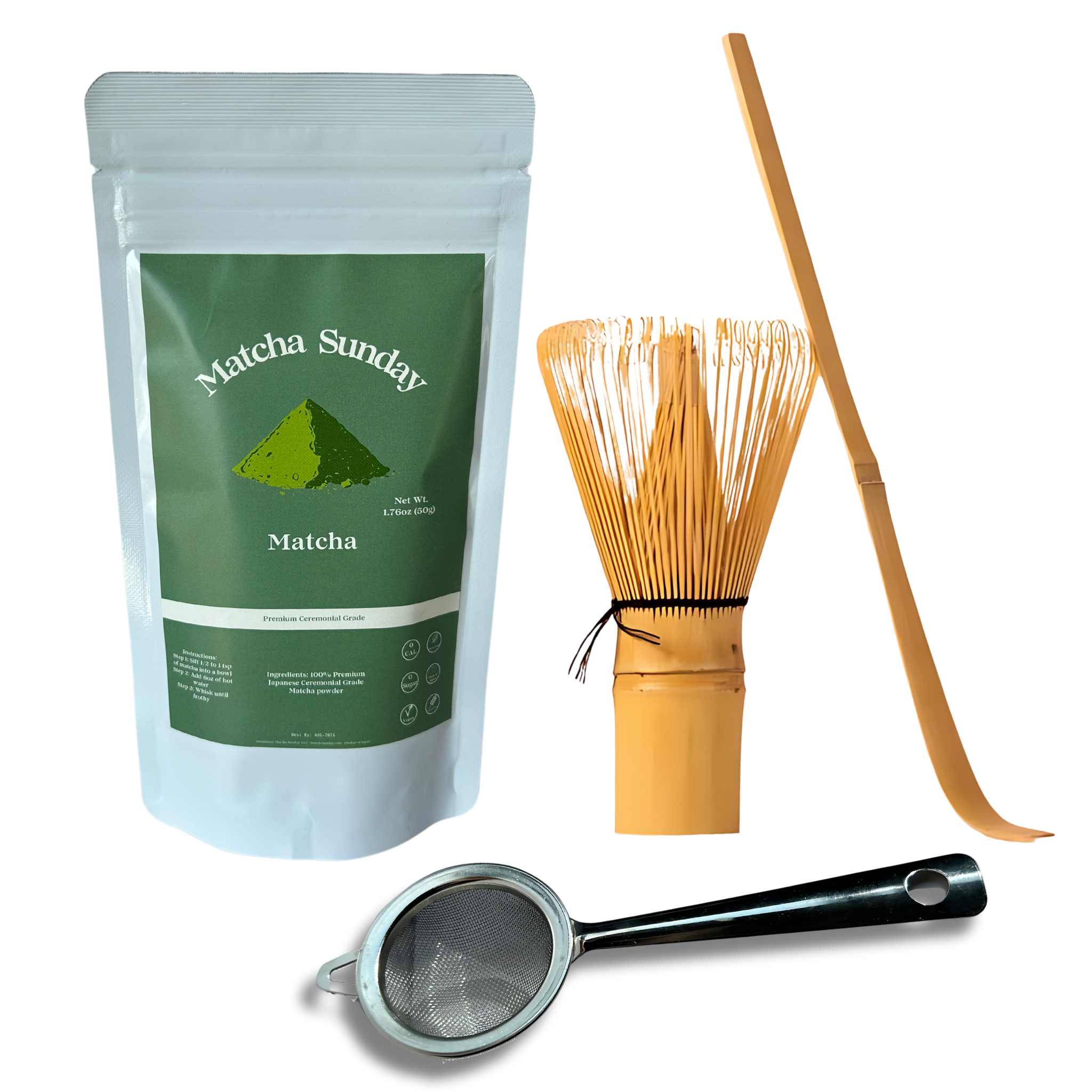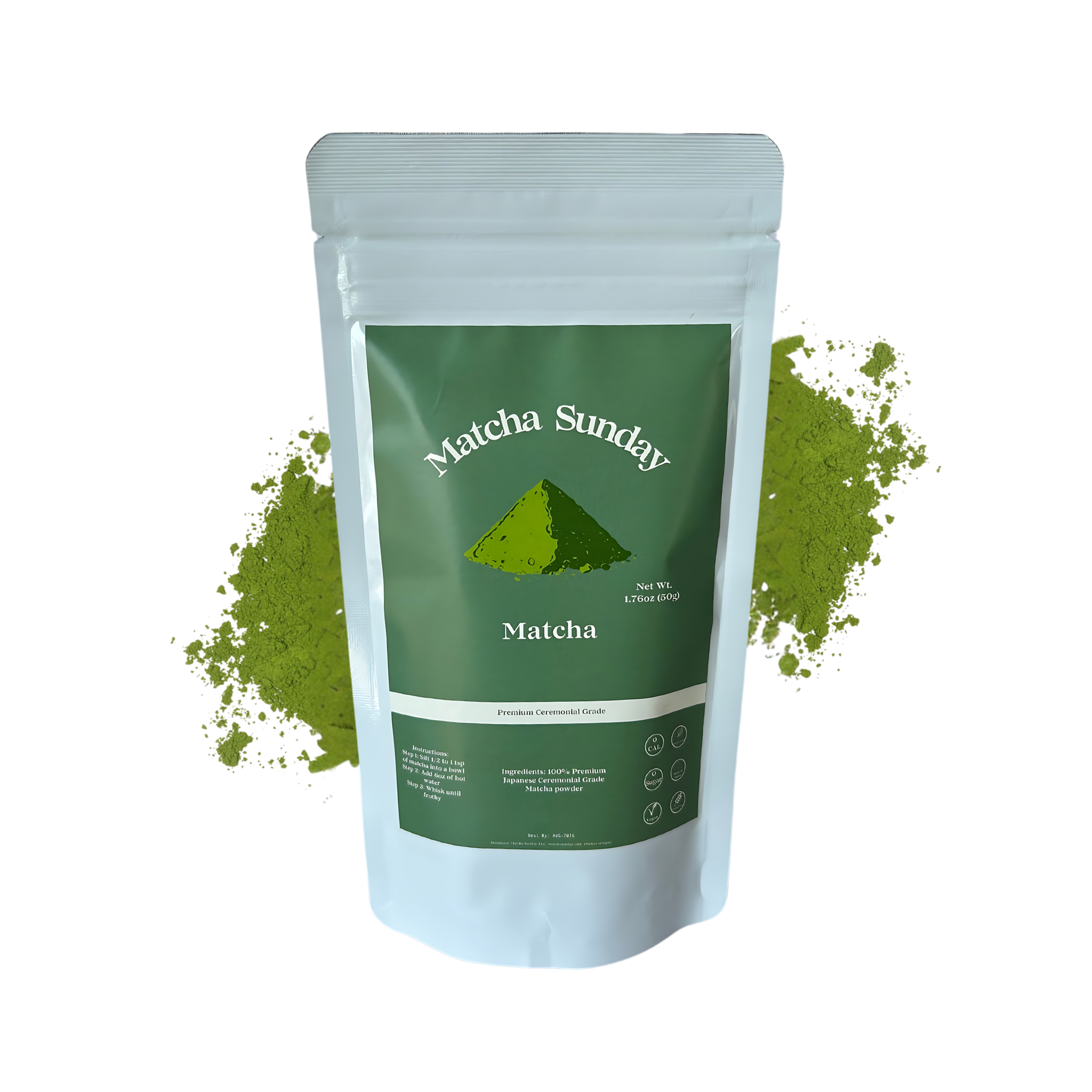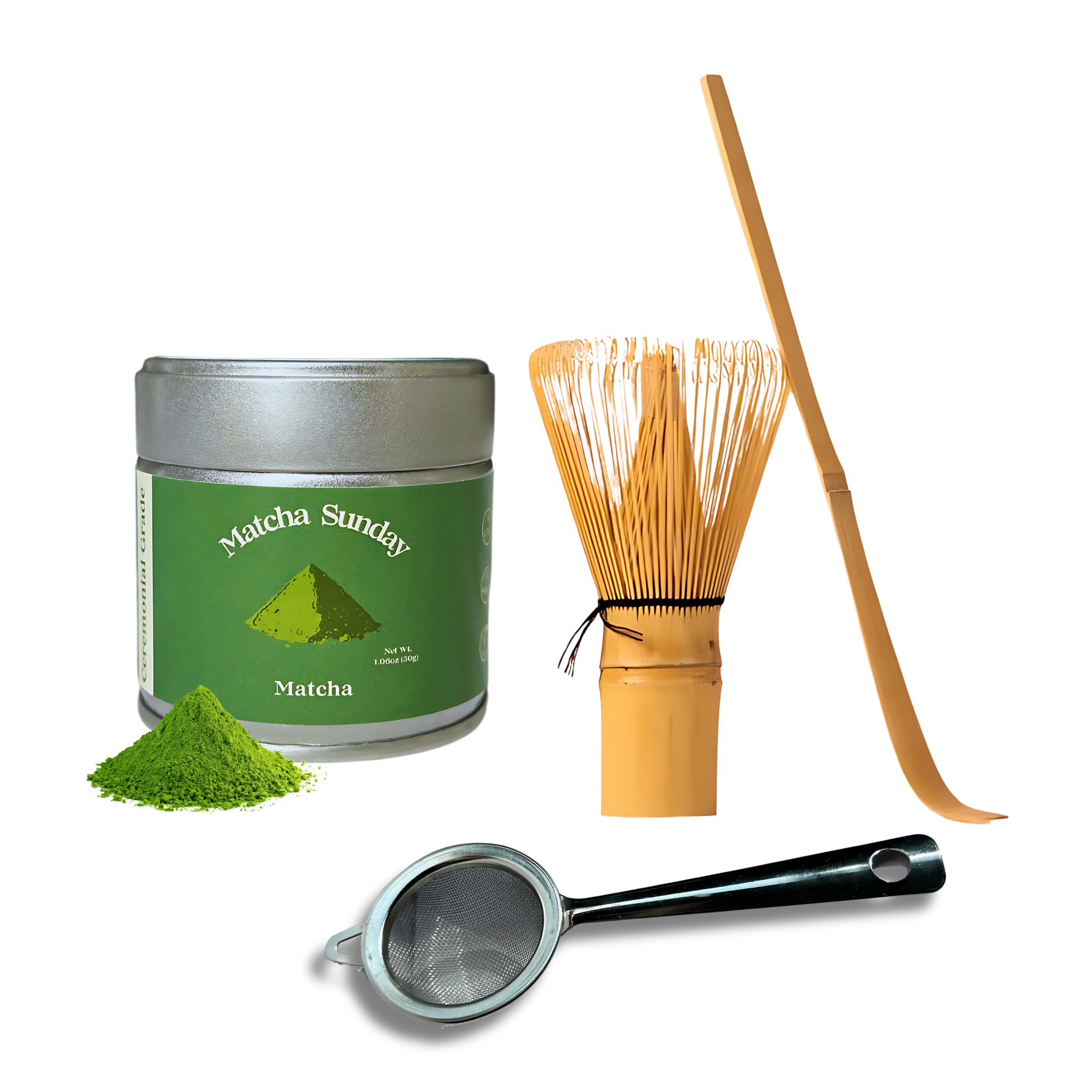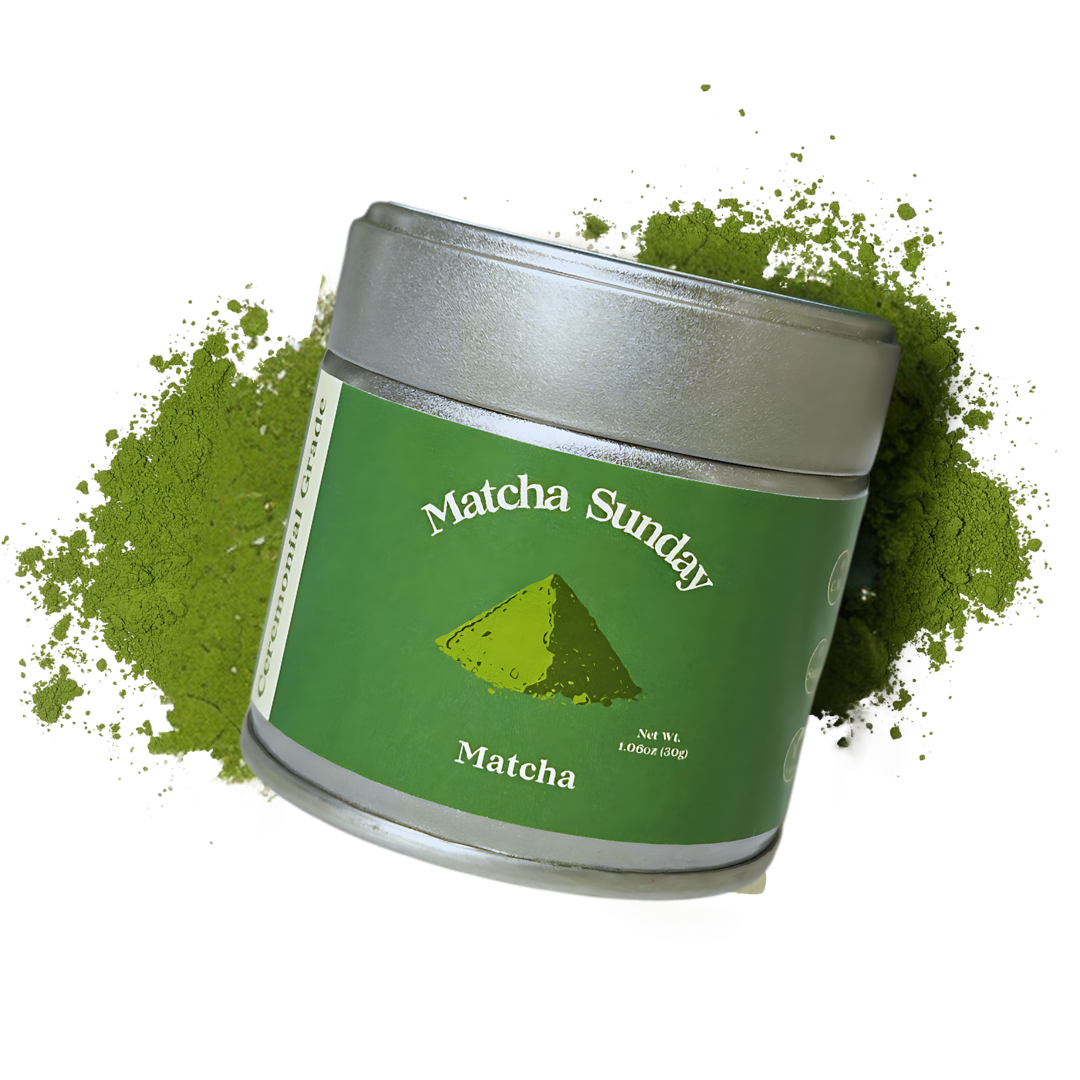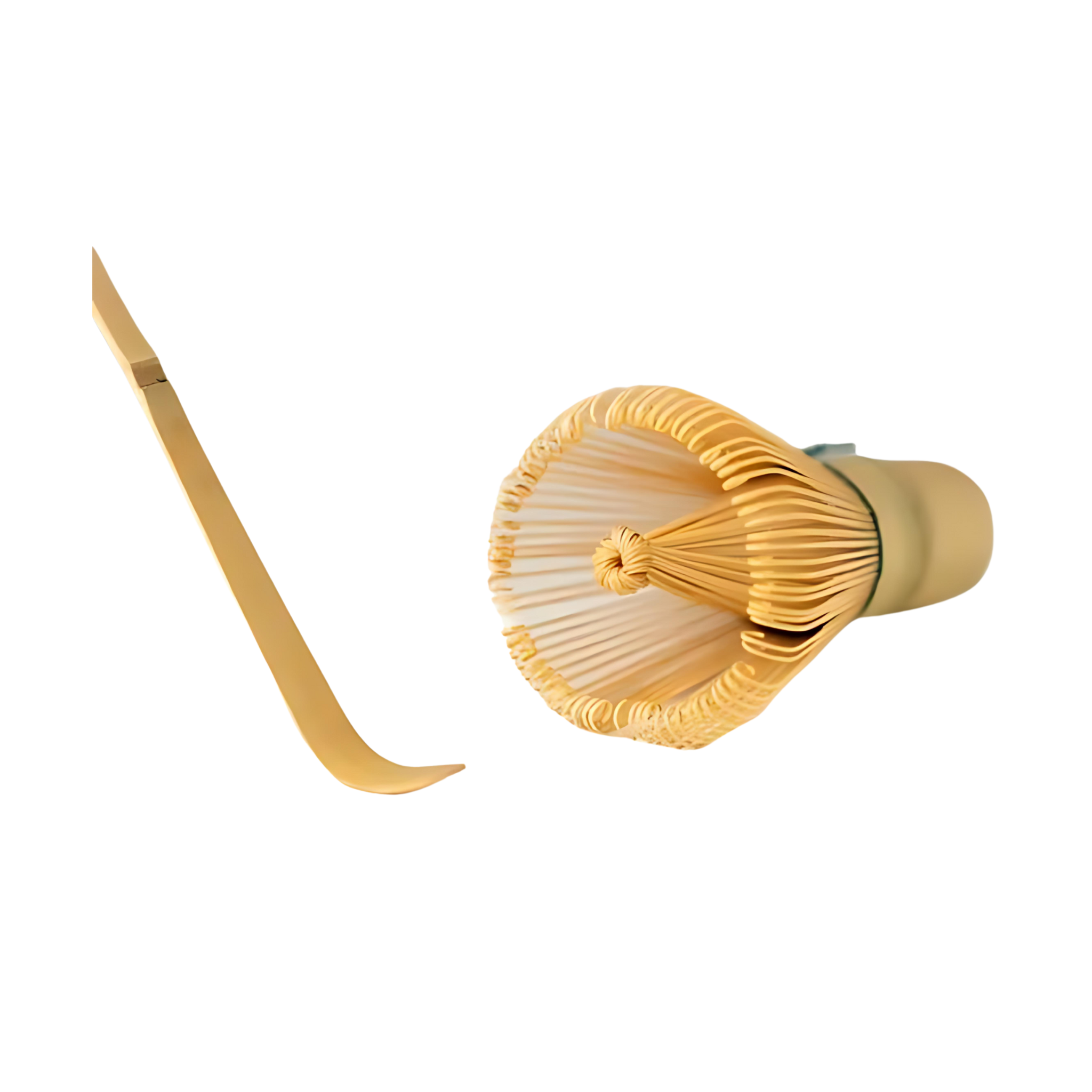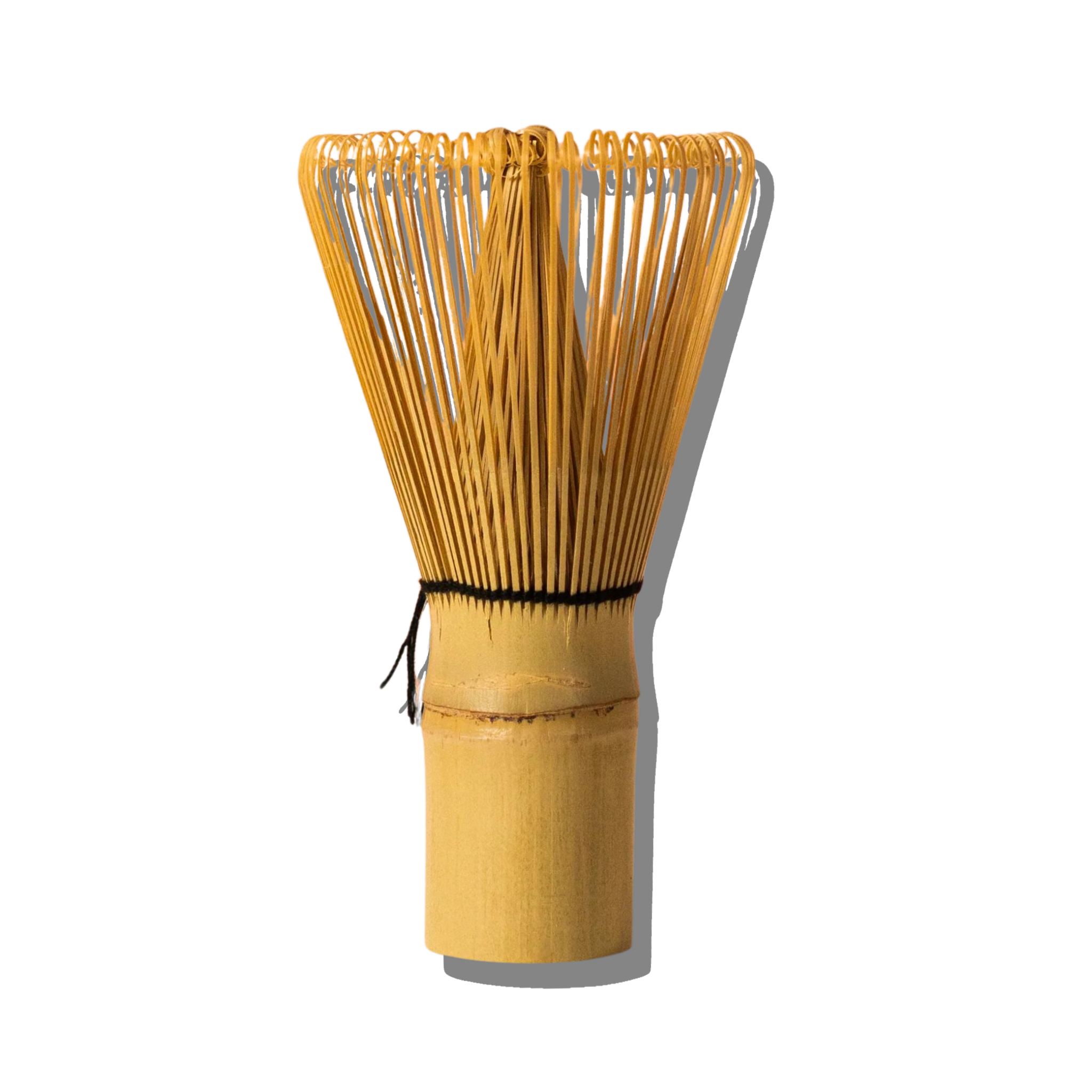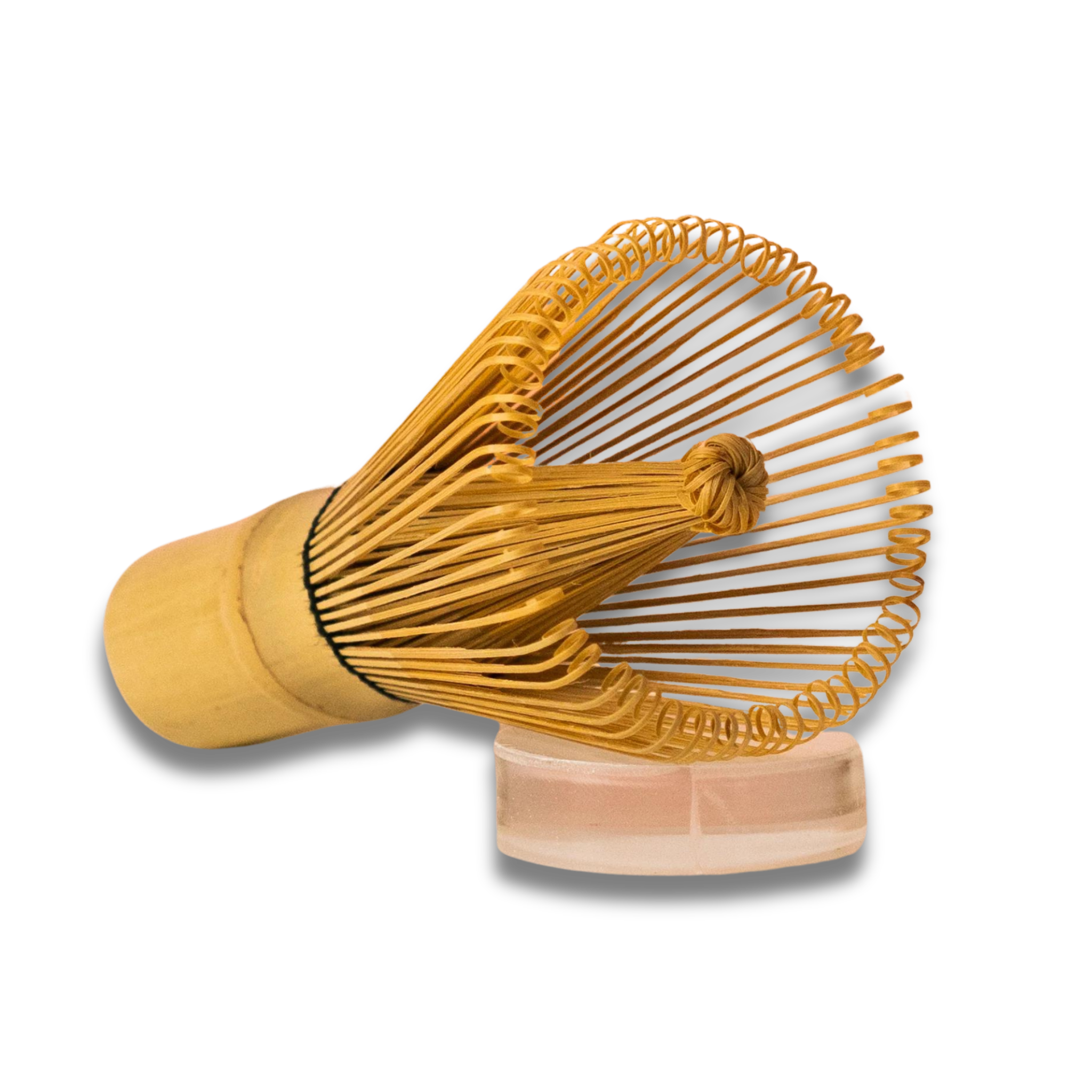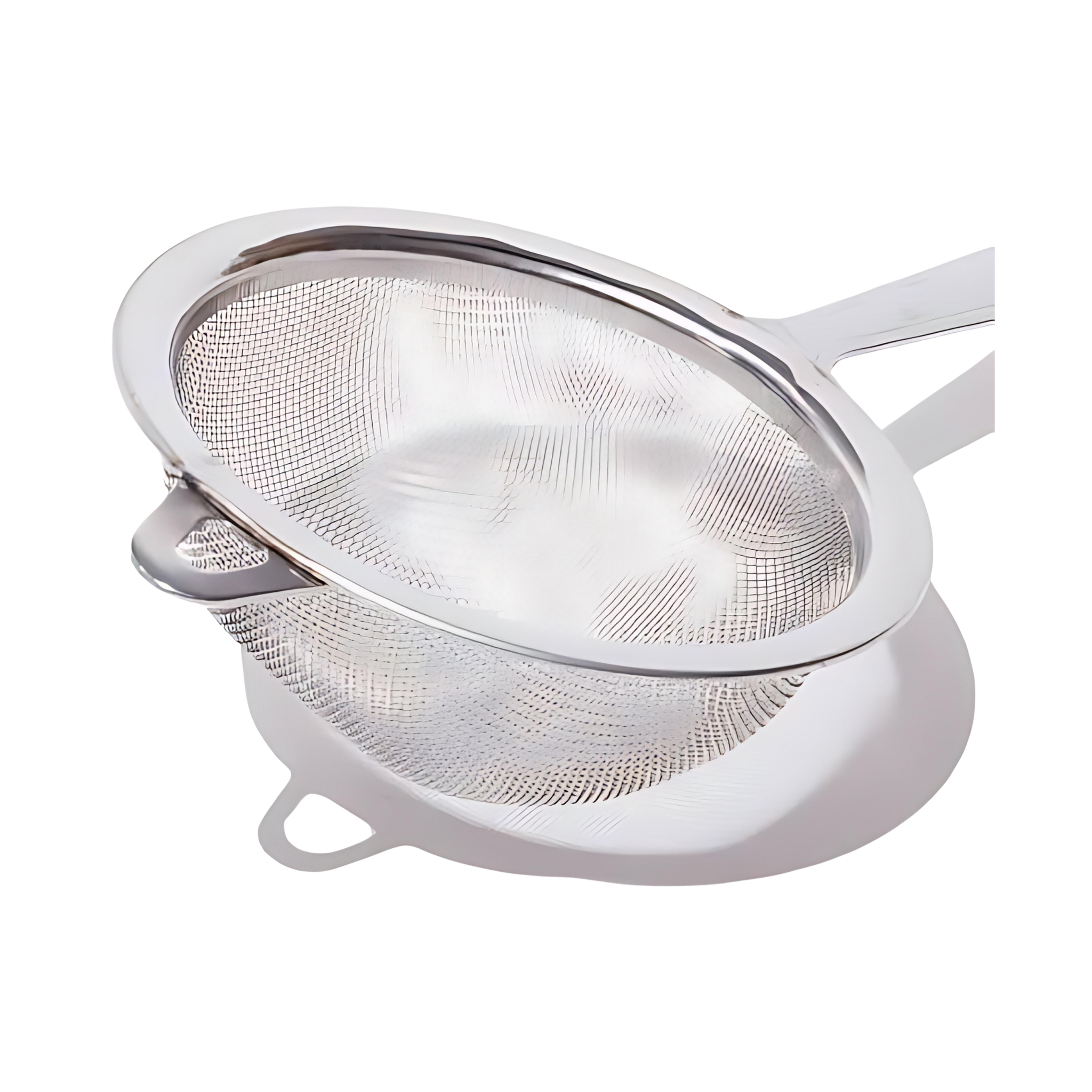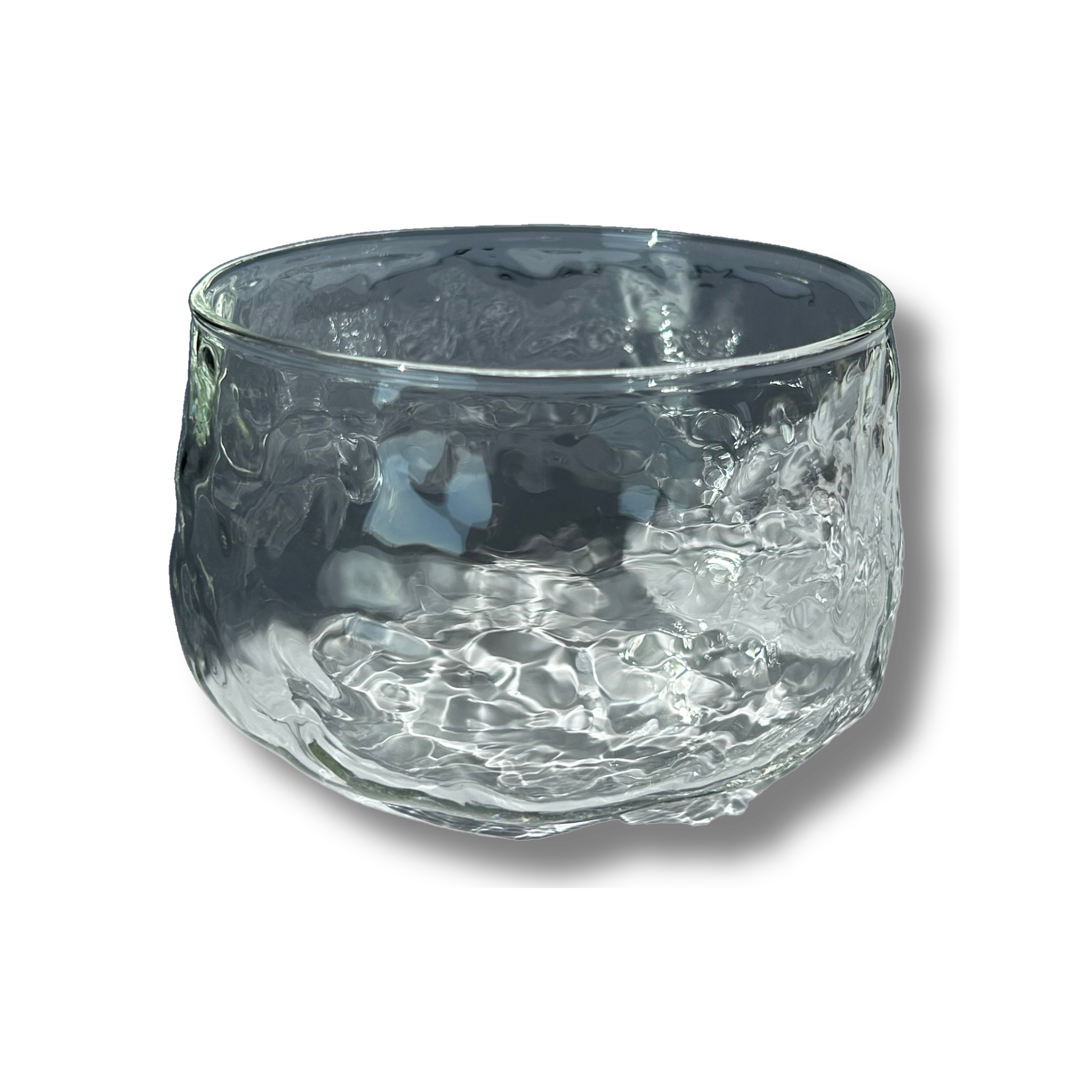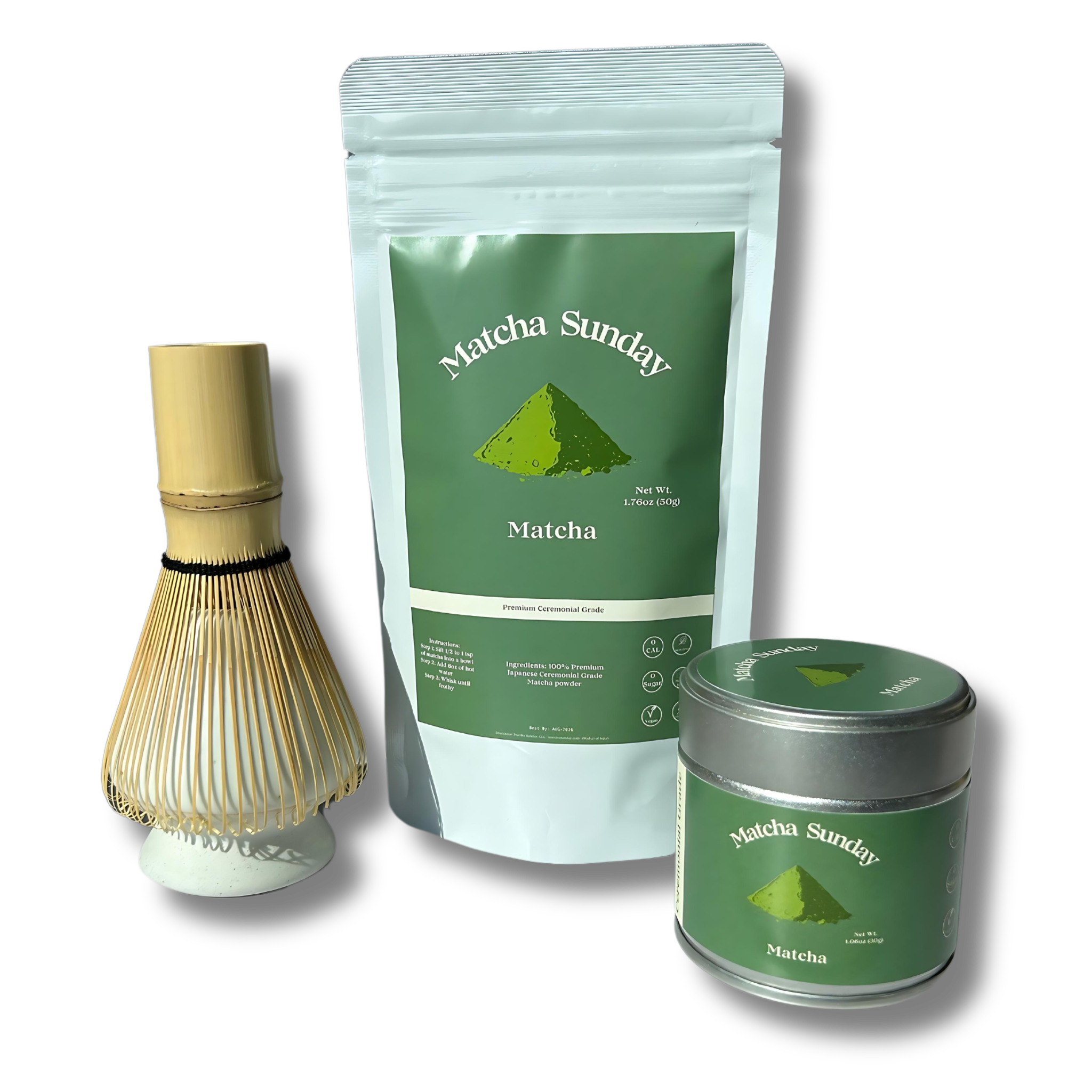Introduction
Is matcha a tea? This simple question has piqued the curiosity of many tea enthusiasts and health-conscious individuals around the world. The short answer is yes, matcha is indeed a type of tea. But it is not just any tea; matcha is a high-grade green tea that is ground into a fine powdered form and whisked into hot water to create a frothy, rich beverage. This unique preparation method sets matcha apart from other teas, giving it a distinct flavor and a wealth of health benefits.
In this comprehensive guide, we'll explore everything you need to know about matcha. From its origins and cultivation to its preparation and health benefits, you'll discover why matcha has become a global phenomenon and a staple in the world of teas.
What Is Matcha?
Matcha is a premium green tea powder that is whisked into hot water rather than steeped, creating a frothy, vibrant green drink. Its origins lie in the traditional Japanese tea ceremony, where the act of preparing, presenting, and sipping matcha is deeply meditative and ceremonial. While matcha was initially rooted in these ancient rituals, it has since gained worldwide popularity and is now enjoyed in various forms, from tea lattes to culinary dishes.
The Origins of Matcha
The story of matcha dates back to ancient China, where the practice of grinding tea leaves into a powder and whisking them with hot water was first developed. This method was known as "beaten tea" and was later brought to Japan by a Zen priest named Eisai in the early 12th century. Eisai introduced the tea seeds and bushes to Japan, using his experience in China to cultivate and popularize what he called "the way of tea" as a meditative practice among Japanese Buddhist monks.
Over time, this tea-drinking custom spread throughout Japan and was embraced by the samurai class. The samurai, known for their discipline and focus, integrated the tea ceremony into their training, refining it into an elaborate art form. The Japanese tea ceremony, or "The Way of Tea," remains a revered practice centered around the meticulous preparation and presentation of matcha, embodying principles of harmony, respect, purity, and tranquility.
How Matcha Is Different
Matcha stands out from other teas due to its unique cultivation, processing, and preparation methods. Here’s how matcha is made and what makes it special:
Shade-Grown Cultivation
All matcha is made from shade-grown tea leaves, a labor-intensive process where tea bushes are protected from the sun to boost chlorophyll production. This shading results in rich green leaves with altered levels of caffeine, flavanols, sugars, antioxidants, and theanine. By controlling sun exposure, tea producers can significantly influence the chemical composition and flavor of the final tea leaves.
Seasonal Harvesting
Matcha production is limited to a short window in the spring when the newest buds and leaves are hand-plucked. This selective harvesting contributes to matcha's higher cost and premium quality, as only the finest leaves are used.
Steaming Process
Japanese teas, including matcha, are typically steamed shortly after plucking. This process halts oxidation and enhances the leaves' vibrant green color and sweet, vegetal flavor. Steaming is crucial for creating matcha’s unique taste profile.
Stone Grinding
Unlike traditional green teas, which are rolled and dried, matcha leaves (known as tencha) are laid flat to dry. The stems and veins are removed, and the remaining leaf material is ground into a fine powder using slow-turning stone mills. This careful grinding process ensures a smooth, high-quality matcha powder.
Consumption vs. Extraction
When you drink matcha, you consume the entire tea leaf, which is whisked into hot water. This method contrasts with traditional teas, where the leaves are steeped, and the extracted liquid is consumed. By ingesting the whole leaf, matcha drinkers benefit from a higher concentration of nutrients and antioxidants.
Types of Matcha
Matcha comes in various grades, each suited for different purposes. The two primary grades are ceremonial and culinary:
Ceremonial Grade
Ceremonial grade matcha is the highest quality, made from the most carefully cultivated buds and leaves. It is delicate, smooth, and meant to be enjoyed on its own without sweeteners or additives. This grade is perfect for traditional tea ceremonies and savoring the pure taste of matcha.
Culinary Grade
Culinary grade matcha has a more robust and astringent flavor, making it ideal for mixing with other ingredients. It may include leaves with some stems and veins and is often used in cooking and beverages like matcha lattes, smoothies, and desserts. While it’s less expensive than ceremonial grade, it still offers a rich matcha experience.
The Health Benefits of Matcha
One of the reasons matcha has gained such widespread popularity is its impressive health benefits. Here are some of the key advantages of incorporating matcha into your diet:
Rich in Antioxidants
Matcha is packed with antioxidants, particularly catechins, which are known for their ability to combat free radicals and protect against cell damage. One specific catechin, epigallocatechin gallate (EGCG), is believed to have cancer-fighting properties.
Boosts Metabolism
The combination of caffeine and antioxidants in matcha can help boost your metabolism and increase fat burning. Studies have shown that matcha can enhance calorie burning during exercise and support weight loss efforts.
Enhances Focus and Calm
Matcha contains L-theanine, an amino acid that promotes relaxation and reduces stress without causing drowsiness. When combined with caffeine, L-theanine provides a sustained energy boost and improved focus, making matcha an excellent choice for productivity and concentration.
Detoxifies the Body
The chlorophyll in matcha not only gives it its vibrant green color but also helps detoxify the body by binding to heavy metals and chemicals, aiding in their removal from the body.
Supports Heart Health
Regular consumption of matcha has been linked to lower levels of LDL (bad) cholesterol and triglycerides, reducing the risk of heart disease. The antioxidants in matcha also help maintain healthy blood vessels and improve circulation.
Matcha Tea vs. Green Tea
While matcha and green tea come from the same plant, Camellia sinensis, they differ significantly in terms of cultivation, processing, and health benefits. Here’s a comparison:
Cultivation and Processing
- Matcha: Shade-grown, hand-plucked, steamed, and stone-ground into a powder.
- Green Tea: Grown in the sun, plucked, and either steamed or pan-fired, then rolled and dried.
Preparation
- Matcha: Whisked into hot water, consuming the entire leaf.
- Green Tea: Steeped in hot water, consuming the extracted liquid.
Flavor
- Matcha: Rich, creamy, vegetal, and slightly sweet.
- Green Tea: Light, fresh, and slightly astringent.
Nutrient Content
- Matcha: Higher concentration of antioxidants, caffeine, and L-theanine due to the consumption of the whole leaf.
- Green Tea: Lower levels of these compounds since only the extracted liquid is consumed.
How to Prepare Matcha
Preparing matcha is an art that requires a few specific tools and steps to achieve the perfect cup. Here’s a simple guide:
Tools Needed
- Matcha Bowl (Chawan): A wide, shallow bowl for whisking matcha.
- Bamboo Whisk (Chasen): A specially designed whisk for creating a frothy texture.
- Bamboo Scoop (Chashaku): A small scoop for measuring matcha powder.
- Fine Sieve: Optional, for sifting matcha to remove clumps.
Steps
- Boil Water: Bring about 1/3 cup (100 ml) of filtered or spring water to a boil, then let it cool for 2-3 minutes.
- Measure Matcha: Use the bamboo scoop to measure 1/2 teaspoon of matcha powder and place it in the matcha bowl.
- Create a Paste: Add a small amount of hot water to the bowl and whisk with the bamboo whisk until a smooth paste forms.
- Whisk: Add the remaining hot water to the bowl and whisk vigorously in a zigzag motion until a frothy foam forms on the surface.
- Enjoy: Sip the matcha slowly, savoring its rich flavor and aroma.
Tips for Enjoying Matcha
- Don’t use boiling water: Boiling water can scorch the matcha, making it bitter. Let the water cool slightly before whisking.
- Adjust thickness: Use less water for a thicker matcha (koicha) or more water for a thinner matcha (usucha).
- Experiment with milk: Substitute water with your favorite milk (regular, almond, soy) for a creamy matcha latte.
- Serve cold: Pour prepared matcha over ice for a refreshing iced matcha tea.
Buying and Storing Matcha
To enjoy the best quality matcha, follow these tips when buying and storing:
- Purchase Fresh: Matcha is best consumed shortly after production. Buy from reputable suppliers who provide information on processing and packaging dates.
- Store Properly: Keep matcha in an airtight container in a cool, dark place. Avoid exposure to light, heat, and moisture to preserve its vibrant color and flavor.
Conclusion
Matcha is more than just a tea; it's a rich, vibrant beverage with a storied history and numerous health benefits. Whether you’re sipping it in a traditional Japanese tea ceremony or enjoying a modern matcha.
Visit our website: Matcha Sunday.

